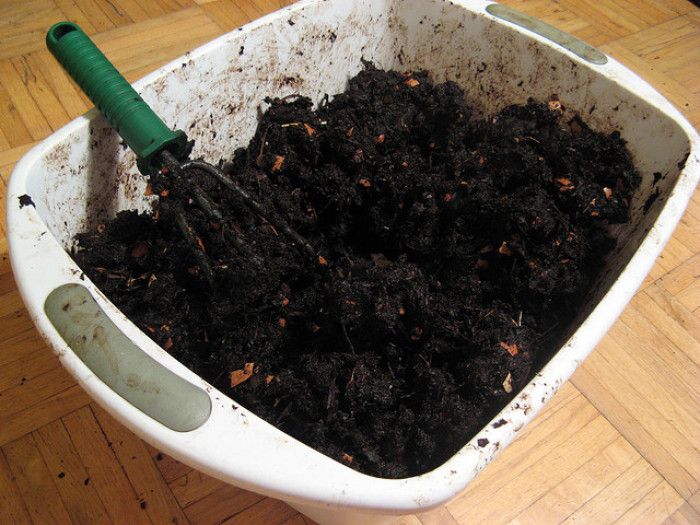
Many of you who have jumped into the exciting world of worm farming now have a bin full of rich and gorgeous vermicompost (garden gold) or worm castings. Lately I’ve been sticking with the term vermicompost as opposed to castings, because technically worm castings are just a part of what you’ll harvest from your worm bin.
Learn more: Everything You Need to Know About Composting
Commercial companies somehow manage to separate “pure worm castings” from the rest of the compost; how they manage to pull that off is a mystery to me. What I do know is that when you and I raise worms to compost our kitchen scraps, we don’t end up with pure castings. We end up with vermicompost; which is castings, bedding, worms, cocoons, partially decomposed organic matter, and whatever else is hanging around inside there.
Moving on, let’s say that you’ve now harvested the goods (worm poop and all). Now what do you do with it? You may have noticed long before today that you have much less vermicompost to work with as compared to the amount of compost you reap from an outdoor compost pile. That is as it should be; it just means that you’ll want to be a little more selective about how you spread the goods around.
Rather than just spreading it randomly throughout your garden and flower beds (as you might do with shovelfuls of compost), reserve your vermicompost for plants that need the nutrition the most at that time. The good news is that you don’t need wheelbarrows full in order for plants to reap the benefits. A little vermicompost goes a long way.
As a seed-starting boost
Vermicompost is a terrific amendment for starting seeds, as it’s nutrient-rich and helps support the young plants’ growth. If you’re starting seeds indoors, simply add a little bit to the seed-starting medium. For outdoor seed planting, just sprinkle it along the trench or into the holes that you dug for your seeds.
As a top dressing
My favorite time to add soil amendments that are high in nutritional value is while plants are actively growing. Not that I would stop you from adding it to the garden bed at any time, but that’s when it makes the most sense to the plants. During the spring, summer, and fall, both vegetable and ornamental plants can also take advantage of the excellent water-holding properties of vermicompost.
To use your garden gold as a top dressing, just apply it to the drip line of any plant. The drip line is around the circumference of the plant that starts at the longest outward branches. Picture it as if someone was at the top of a plant or tree and was spraying water onto the branches; the drip line is the area where the water would “drip off” and land onto the ground around the plant (or tree). A lot of water and nutrition is taken up by the tiny roots in this area.
Vermicompost and houseplants
Houseplants are an ideal vermicompost recipient because you can amend these guys year-round. Remove a small amount of potting soil from the plant’s pot and replace it with some vermicompost. Sprinkle 1/4 to 1/2 inch into the pot to replace the soil you took out. Offer this little treat every other month and you’ll have your houseplants eating out of your hands (and they probably didn’t do that before).
Fine Gardening Recommended Products
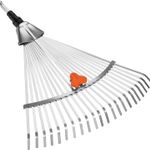
Gardena 3103 Combisystem 12-Inch To 20-Inch Adjustable Metal Fan Rake Head
Fine Gardening receives a commission for items purchased through links on this site, including Amazon Associates and other affiliate advertising programs.
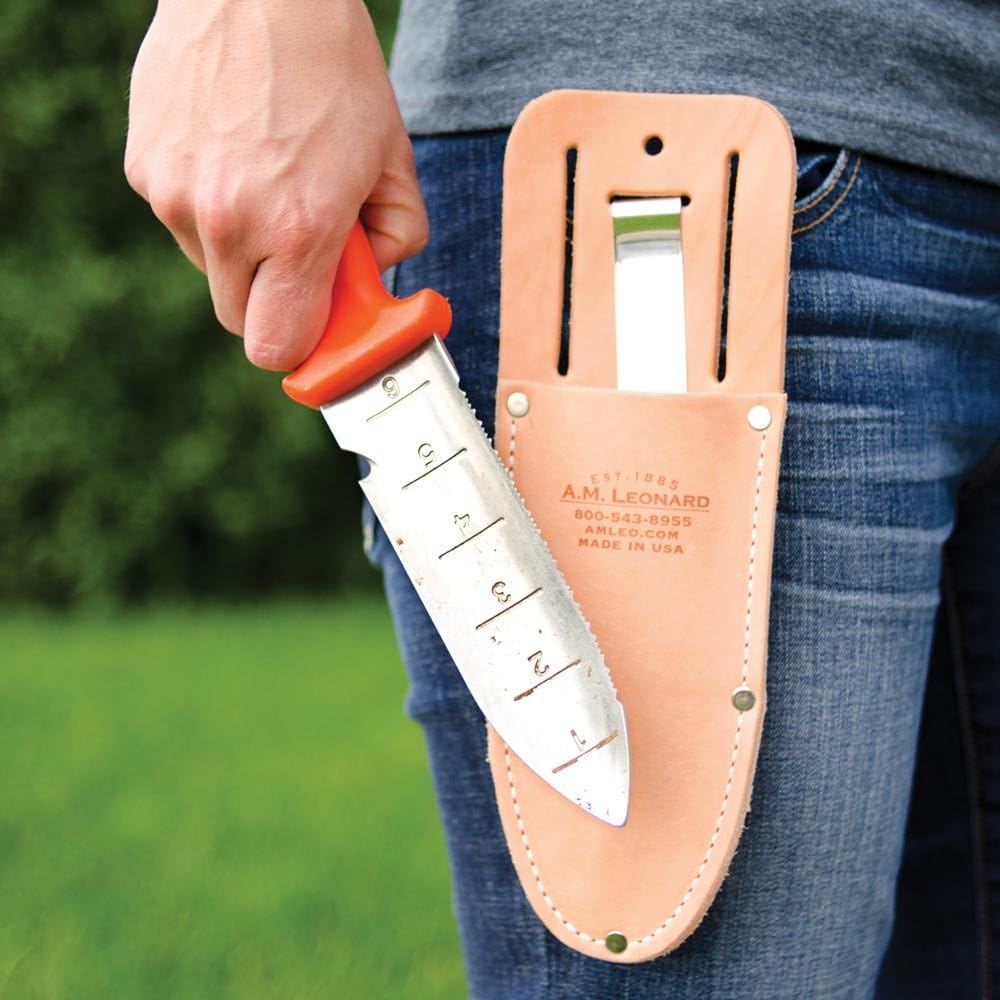
A.M. Leonard Deluxe Soil Knife & Leather Sheath Combo
Fine Gardening receives a commission for items purchased through links on this site, including Amazon Associates and other affiliate advertising programs.
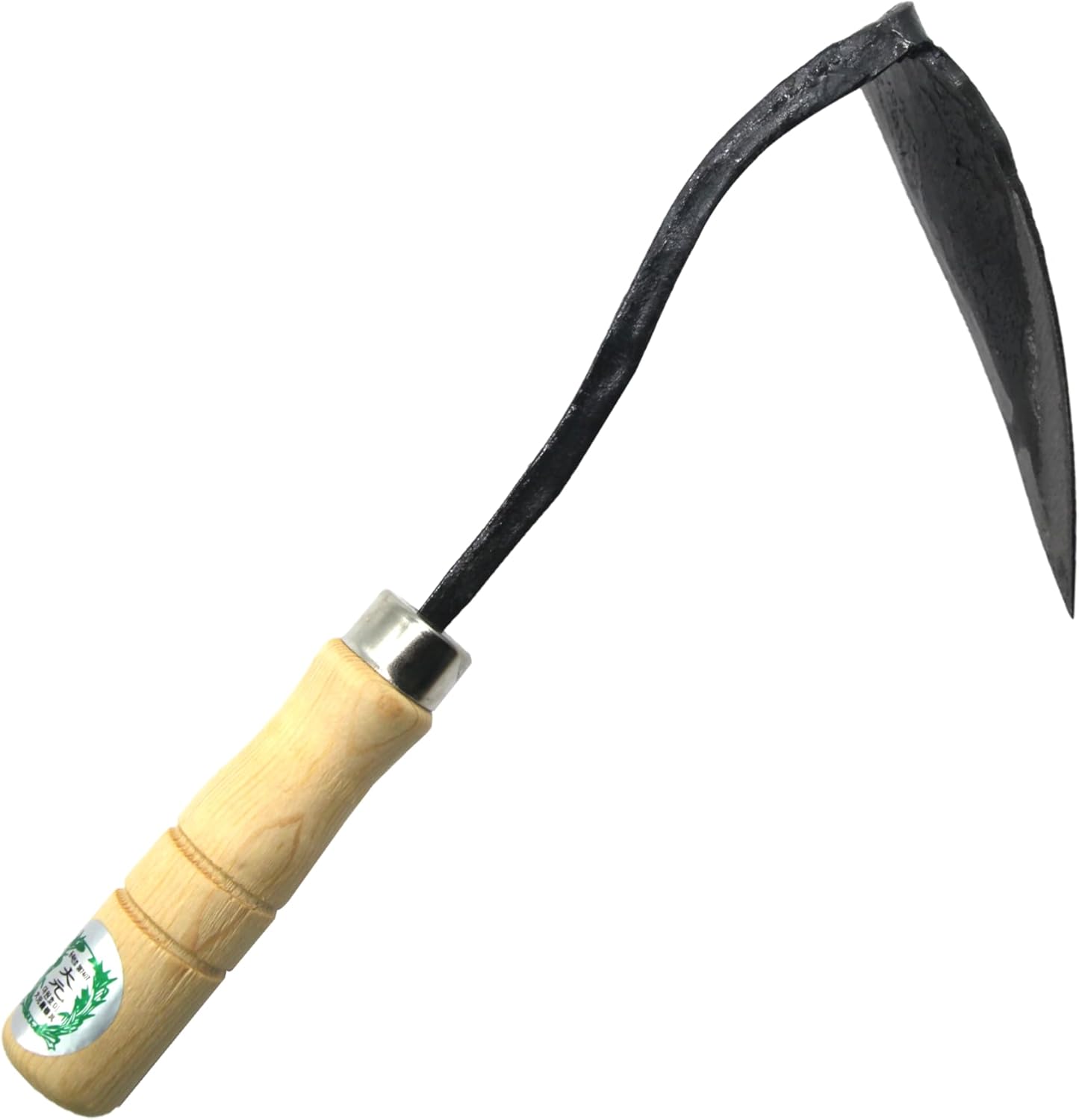
Ho-Mi Digger - Korean Triangle Blade
Fine Gardening receives a commission for items purchased through links on this site, including Amazon Associates and other affiliate advertising programs.


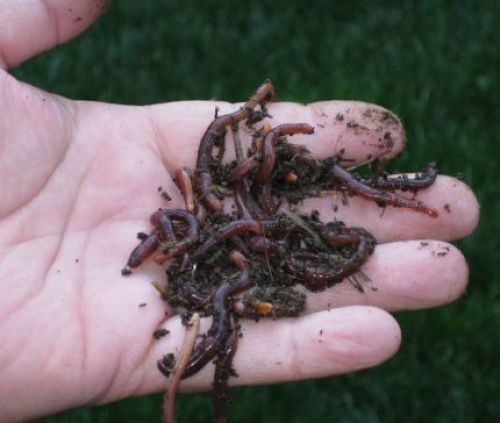
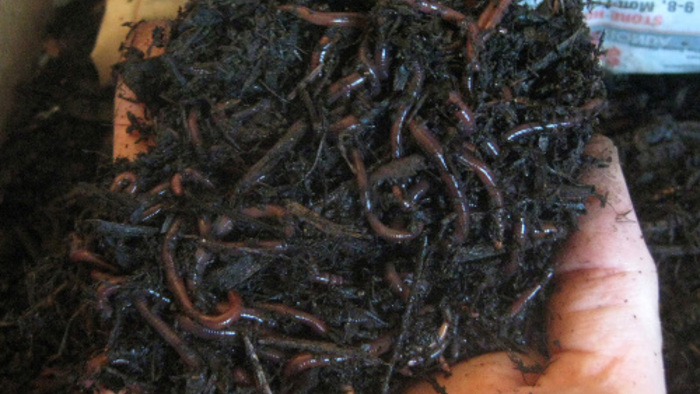
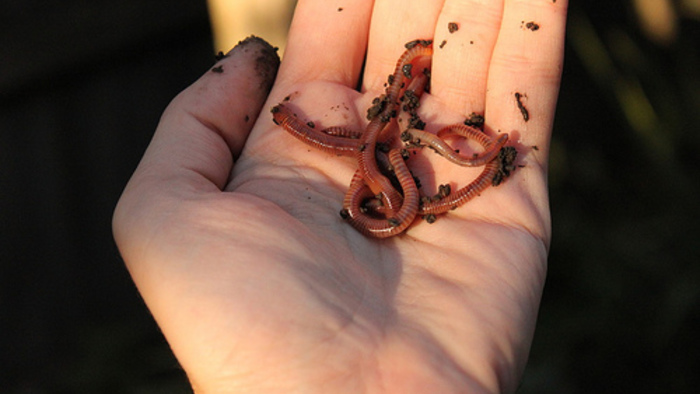
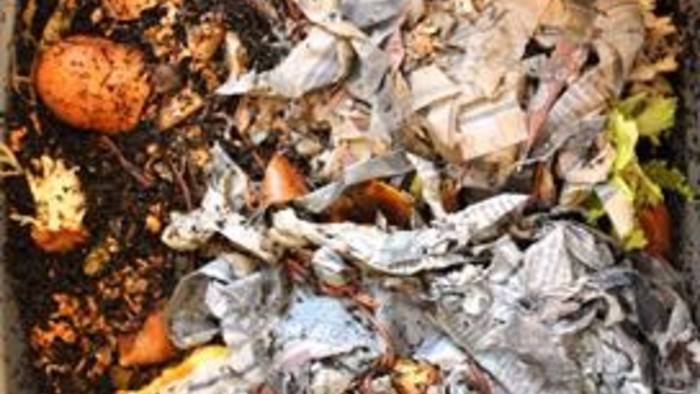
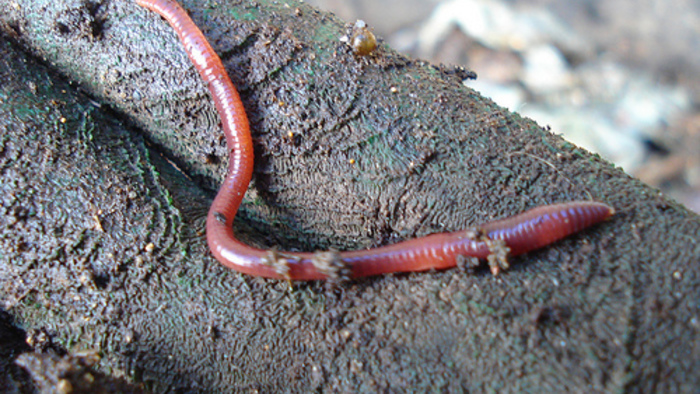
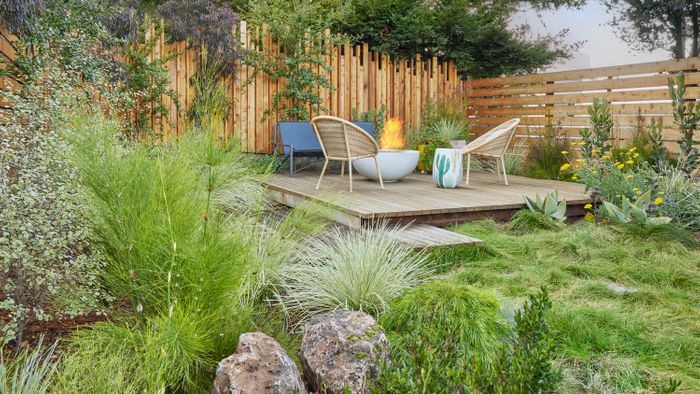
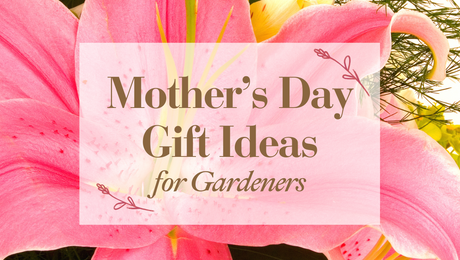
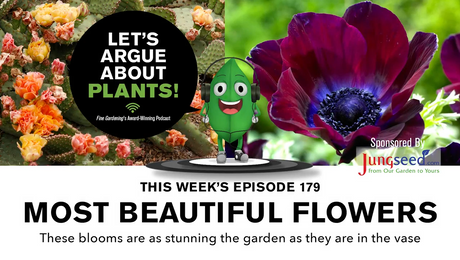
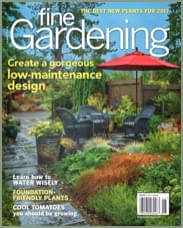

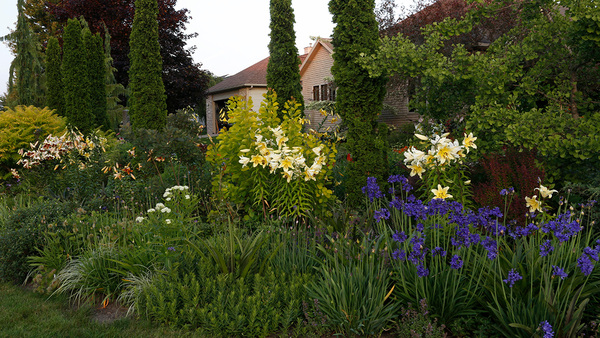



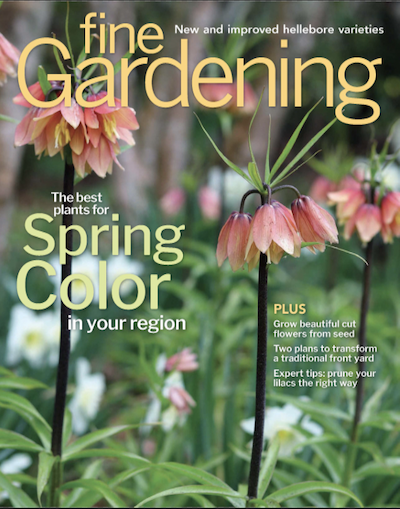



Comments
Log in or create an account to post a comment.
Sign up Log in